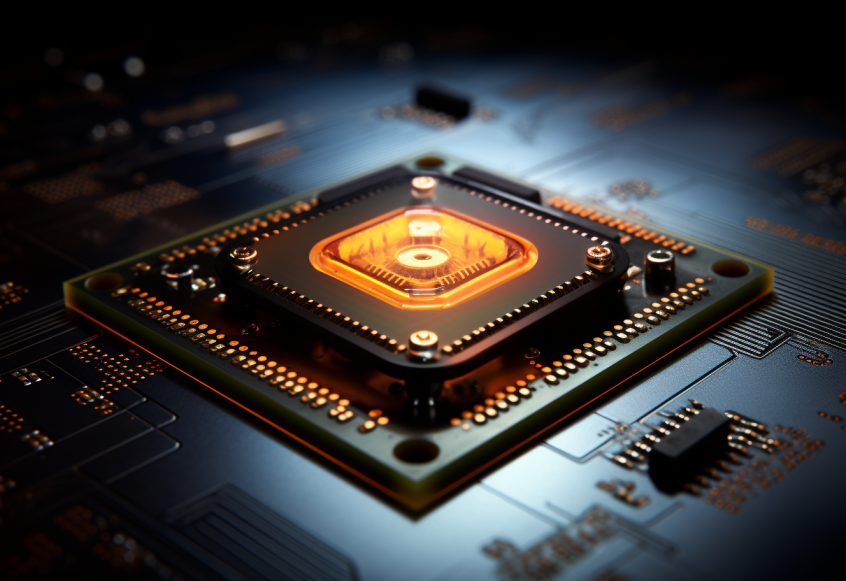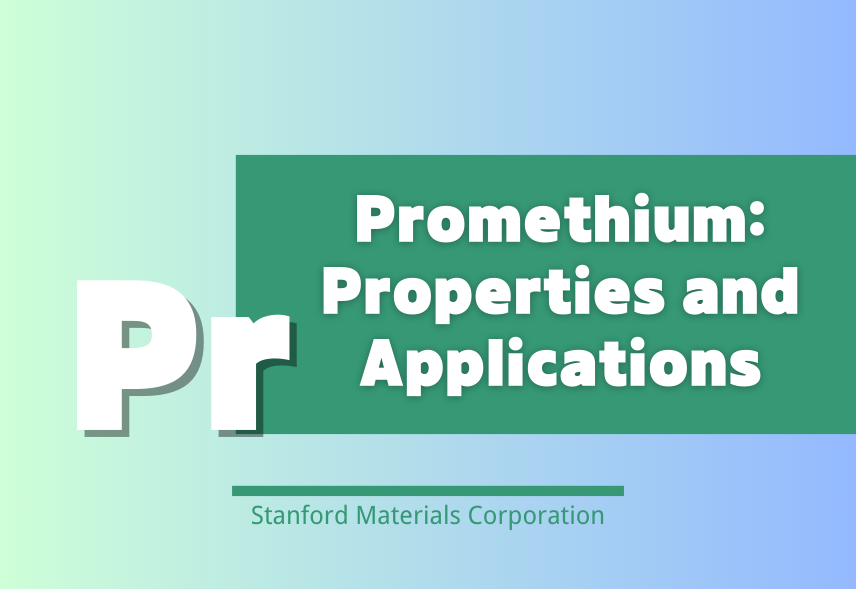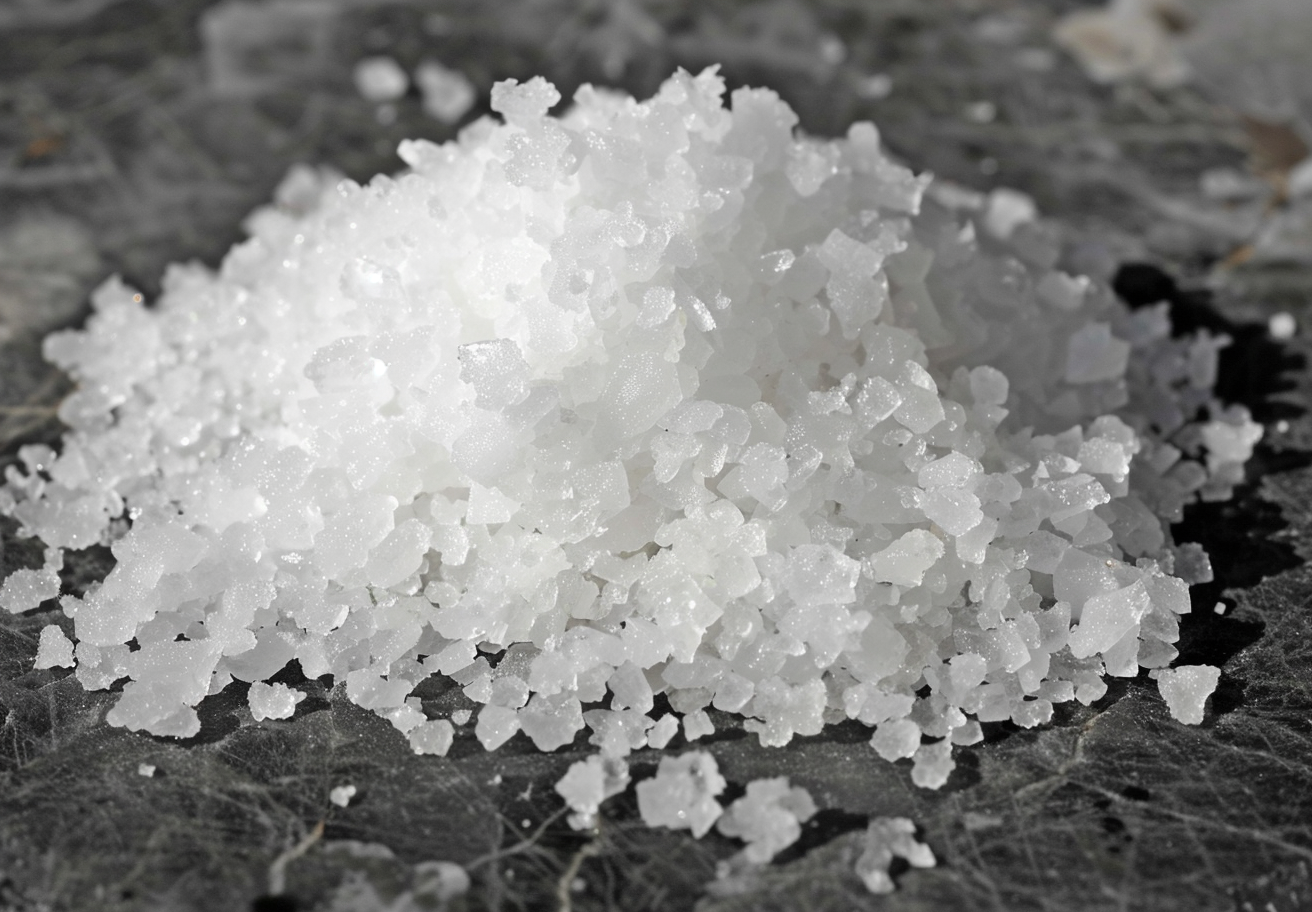
The realm of optoelectronics has been revolutionized by the discovery of materials with exceptional luminescent properties. Among these groundbreaking substances, gadolinium oxide powder stands out as a beacon of innovation, illuminating the path towards enhanced optoelectronic devices. This article unveils the captivating world of gadolinium oxide powder, its multifaceted uses, and the advantages it bestows upon the realm of optoelectronics.
Gadolinium oxide is a compound of gadolinium and oxygen. It possesses a captivating set of optical attributes that make it an ideal candidate for luminescent materials. Its luminescence properties emerge when excited by external stimuli, such as light or electrons, and then emit photons of various wavelengths. This unique phenomenon has led to its extensive usage in the creation of optoelectronic components.
1. Luminescent Displays: Gadolinium oxide powder plays a pivotal role in the creation of luminescent displays. Its ability to emit light of specific wavelengths underpins the vibrant and vivid displays found in electronic devices, ranging from smartphones to large-scale screens. The luminescence offered by gadolinium oxide enhances visual experiences and provides a richer spectrum of colors.
2. Efficient Lighting: Gadolinium oxide powder finds its way into the realm of efficient lighting solutions. When incorporated into phosphor materials, it facilitates the generation of white light, an essential component in energy-efficient LED lighting systems. This application not only enhances illumination quality but also contributes to energy conservation.
3. Quantum Dots: The unique optical properties of gadolinium oxide powder have positioned it as a valuable element in quantum dot technology. Quantum dots, tiny semiconductor particles, emit precise colors of light when stimulated. Gadolinium oxide's luminescent characteristics enhance the brilliance and accuracy of quantum dot emissions, which are harnessed in displays, imaging, and even medical diagnostics.
4. Laser Technology: Gadolinium oxide's luminescence capabilities extend to laser technology. Its emission of specific wavelengths makes it a critical component in tunable lasers, which are used in various applications, including scientific research, telecommunications, and medical procedures.
The synthesis of gadolinium oxide powder involves meticulous processes, often achieved through controlled precipitation or thermal decomposition of precursor compounds. The resulting fine powder showcases uniformity in particle size and composition, ensuring optimal performance in optoelectronic applications.
The applications of gadolinium oxide powder are not confined to a single domain. Its integration has reshaped the landscape of displays, lighting, lasers, and quantum technologies. By harnessing its luminescent prowess, scientists, engineers, and innovators continue to push the boundaries of what is possible in the realm of optoelectronics.
Gadolinium oxide powder has emerged as a luminescent powerhouse, revolutionizing optoelectronic technologies across industries. Its ability to emit light of specific wavelengths underpins displays, lighting, quantum dots, and laser systems, propelling innovation to new heights. As researchers delve deeper into its properties and applications, the future holds the promise of even more dazzling breakthroughs in optoelectronics, all thanks to the illuminating potential of gadolinium oxide powder.
For more information about rare earth oxide gadolinium oxide, please visit https://www.stanfordmaterials.com/.
Eric Loewen
Eric Loewen graduated from the University of Illinois studying applied chemistry. His educational background gives him a broad base from which to approach many topics. He has been working with topics about advanced materials for over 5 years at Stanford Materials Corporation (SMC). His main purpose in writing these articles is to provide a free, yet quality resource for readers. He welcomes feedback on typos, errors, or differences in opinion that readers come across.

 Inquiry List
Inquiry List


